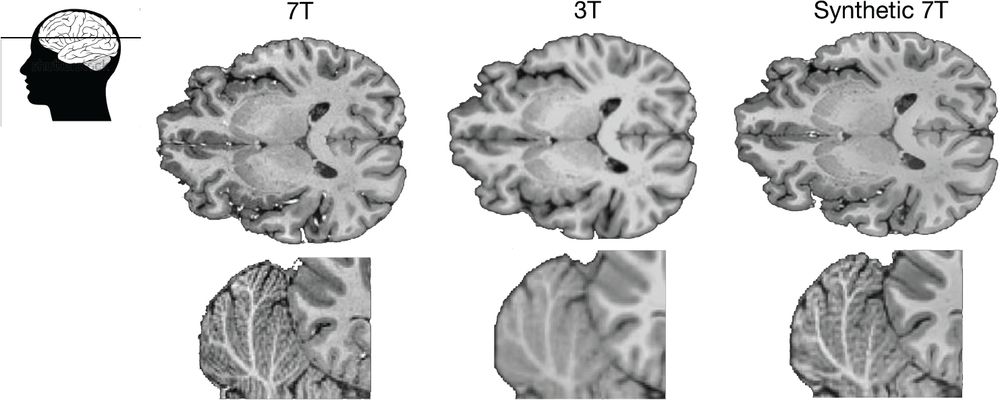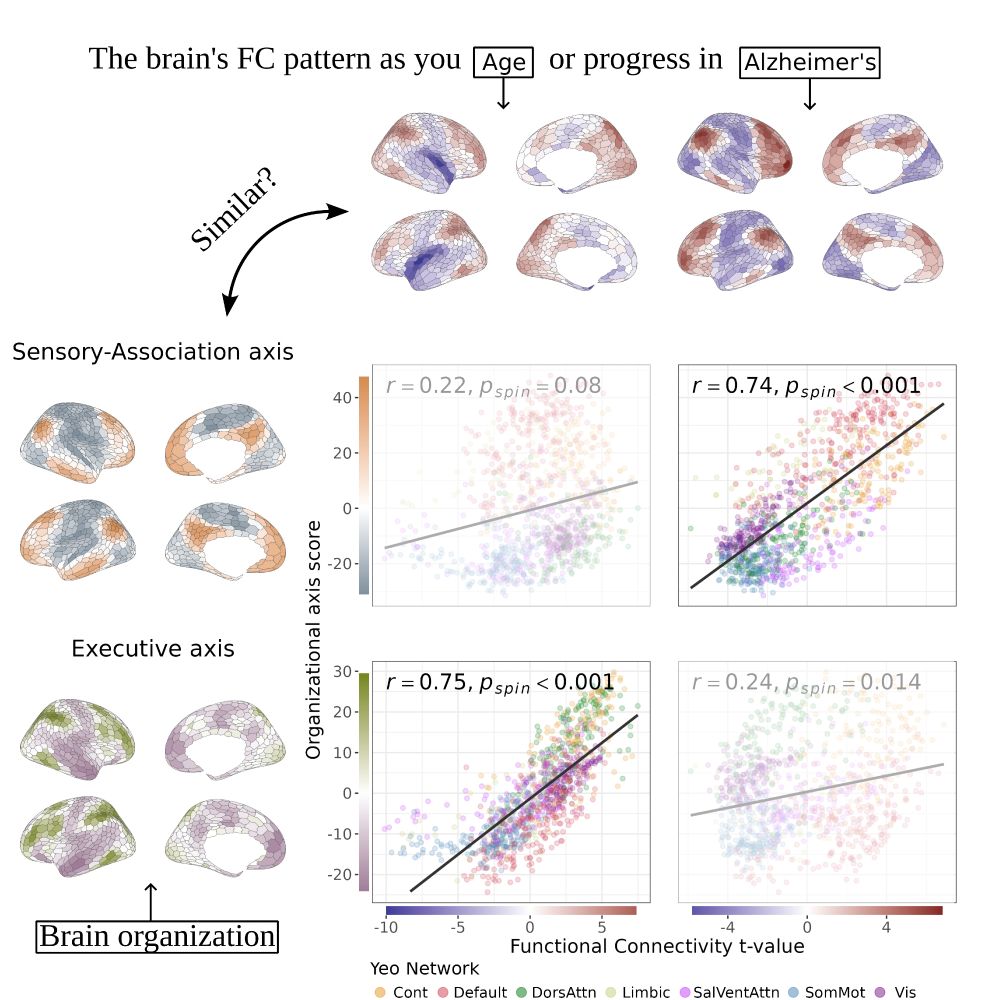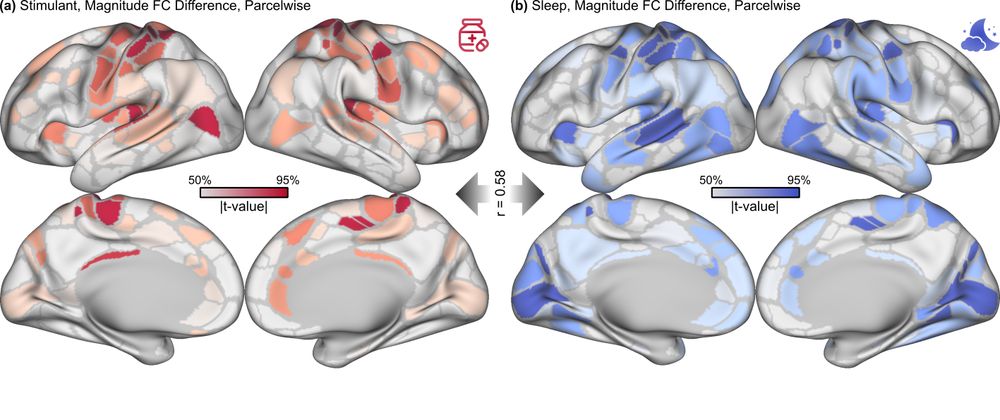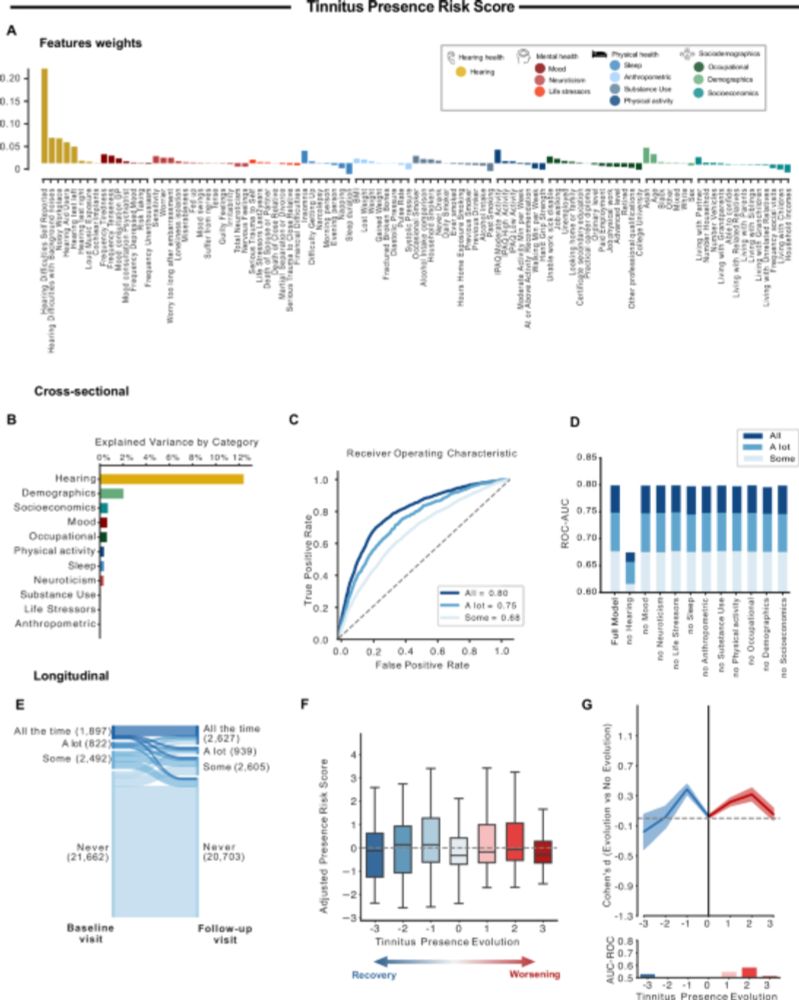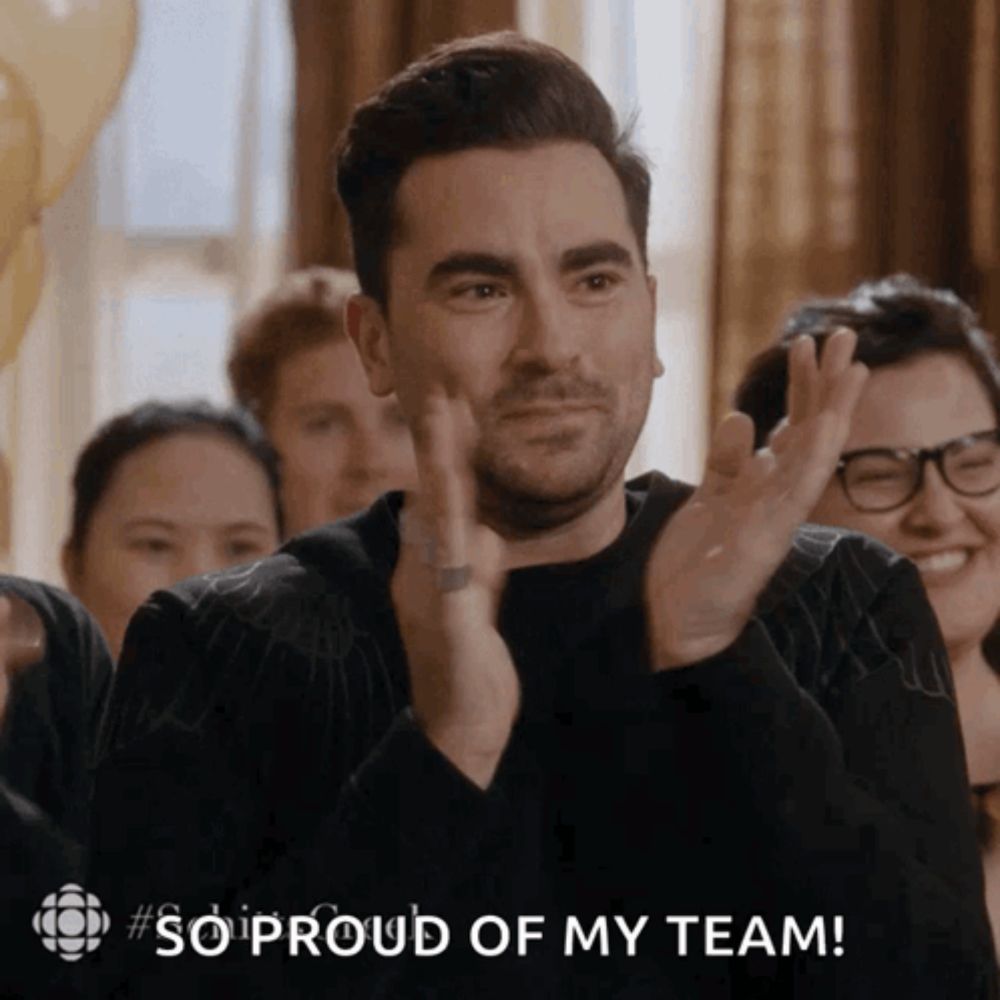Jake Vogel
@jwvogel.bsky.social
190 followers
160 following
16 posts
Assistant Professor @Lund University | Neurodegenerative disease | Neuroimaging | AI | Multi-omics |
Posts
Media
Videos
Starter Packs
Reposted by Jake Vogel
Reposted by Jake Vogel
Adrian Liston
@labliston.bsky.social
· Sep 3
Jake Vogel
@jwvogel.bsky.social
· Jul 25
Jake Vogel
@jwvogel.bsky.social
· Jul 25
Reposted by Jake Vogel
Reposted by Jake Vogel
Jake Vogel
@jwvogel.bsky.social
· Jul 22
Jake Vogel
@jwvogel.bsky.social
· Jul 22
Jake Vogel
@jwvogel.bsky.social
· Jul 22
Jake Vogel
@jwvogel.bsky.social
· Jul 22
Jake Vogel
@jwvogel.bsky.social
· Jul 17
Lijun An
@anlijuncn.bsky.social
· Jul 15
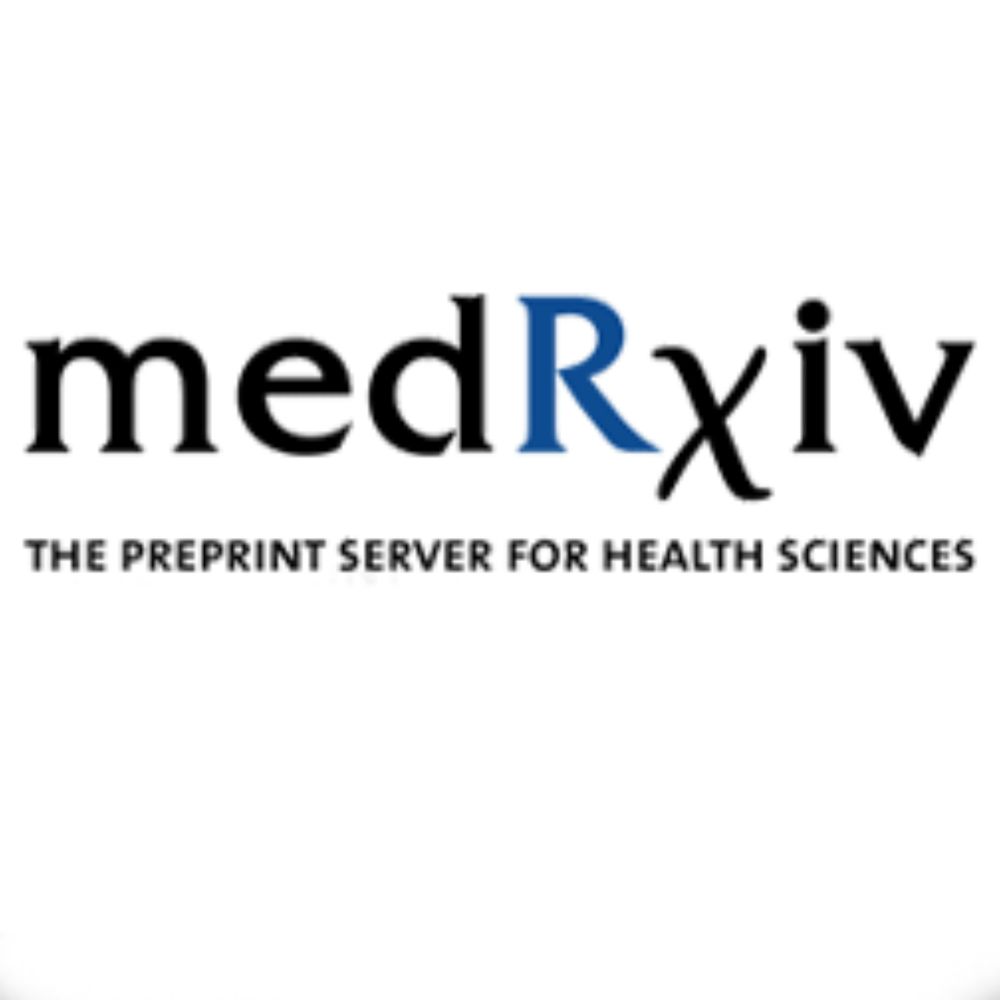
Benchmarking the AI-based diagnostic potential of plasma proteomics for neurodegenerative disease in 17,170 people
Co-pathology is a common feature of neurodegenerative diseases that complicates diagnosis, treatment and clinical management. However, sensitive, specific and scalable biomarkers for in vivo pathologi...
www.medrxiv.org
Reposted by Jake Vogel
Reposted by Jake Vogel
Reposted by Jake Vogel


![Simulated transport and production dynamics in the local FKPP model. Left: Simulation from the local FKPP model using carrying capacities derived from Gaussian mixture models (shown top right). Each line in the middle panel represents the SUVR trajectory of one DK atlas brain region. Values at time points years are projected onto a cortical rendering in the top panel. Each line in the bottom panel represents concentration averaged over Braak regions. Top right: Two component Gaussian mixture model fit to a multi-cohort tau PET dataset [24] and data from ADNI for right inferior temporal lobe. Bottom right: Right hemisphere cortical rendering of the SUVR carrying capacities as determined through Gaussian mixture modelling.](https://cdn.bsky.app/img/feed_thumbnail/plain/did:plc:5522ztebtekoor5efelihqhb/bafkreidvyyx2seiwefemwo6bvbfw6q7chuhw627ppxyixeminyueea7tzq@jpeg)
